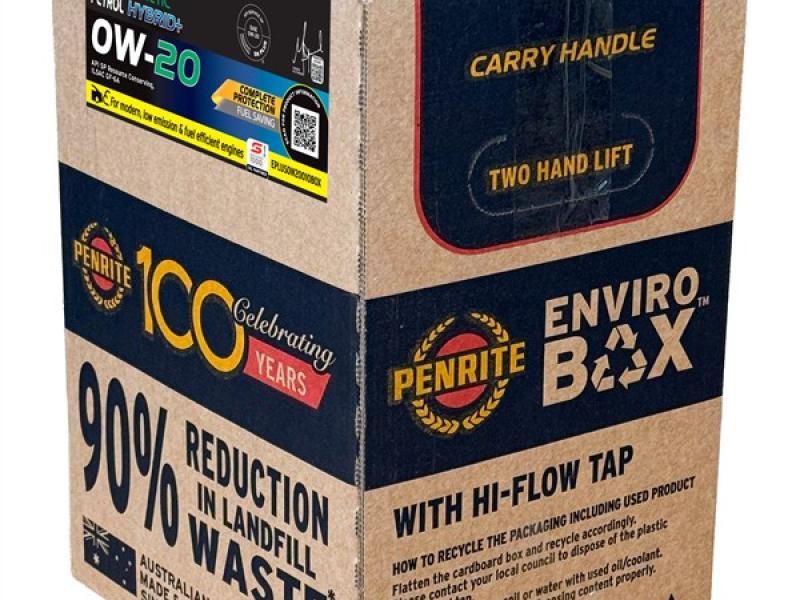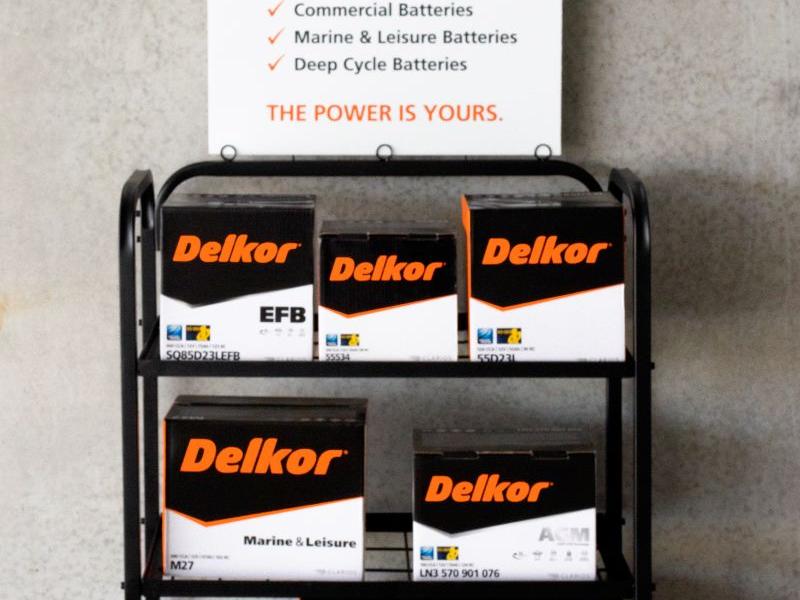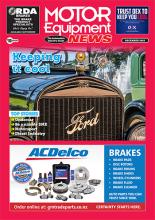Most motorists take their brake pads for granted and are happy to let their mechanic or service centre fit the replacement components they recommend without any consultation. Brake pads are just brake pads, right?
Well, not exactly. Although pads generally look similar in appearance, there can be significant differences in the brake friction materials that they use. Not only do these materials vary from manufacturer to manufacturer, there are also differences depending on the vehicle’s application.
Even within the same range of brake pads, there can be variations in the composition of the friction material. Taking Bendix’s 4WD/SUV Brake Pads as an example, the make-up of a set of pads to suit a Toyota Land Cruiser is not the same as a set developed for a RAV4. The differences consider factors such as vehicle weight and towing capacity.
When making vehicle-specific friction material formulas, Bendix makes adjustments to the core ingredients. These typically consist of a mixture of abrasive friction materials, filler materials including calcium fluoride and other minerals that help deliver wear benefits, lubricants such as graphite and petroleum coke, fibres including aramid fibre (Kevlar) and rockwool to reduce heat transfer, and finally resin to bind the ingredients.
Bendix uses 15 or more different ingredients in its ceramic brake pads from a source pool of approximately 220 raw materials, with the final selection depending on the style of brake pad, intended application and vehicle make and model. Low metallic brake pads usually have slightly fewer input materials at around 12 to 15 materials, with semi-metallic often using only five or six materials.
In deciding the composition of its brake pad range, Bendix calls on the expertise of its in-house engineers, chemists and technicians based at the company’s Ballarat manufacturing facility. The team has access to the latest technology and equipment to perform chemical analysis, electron microscope scans, physical testing (sheer and compression testing), dynamometer testing and ultimately real-world vehicle testing to ensure all the key performance criteria are met along with Bendix’s own in-house requirements.
The final result is an evolving range of high-quality brake pads with an incredible emphasis on delivery bespoke braking solutions to suit users’ applications and vehicle type.






